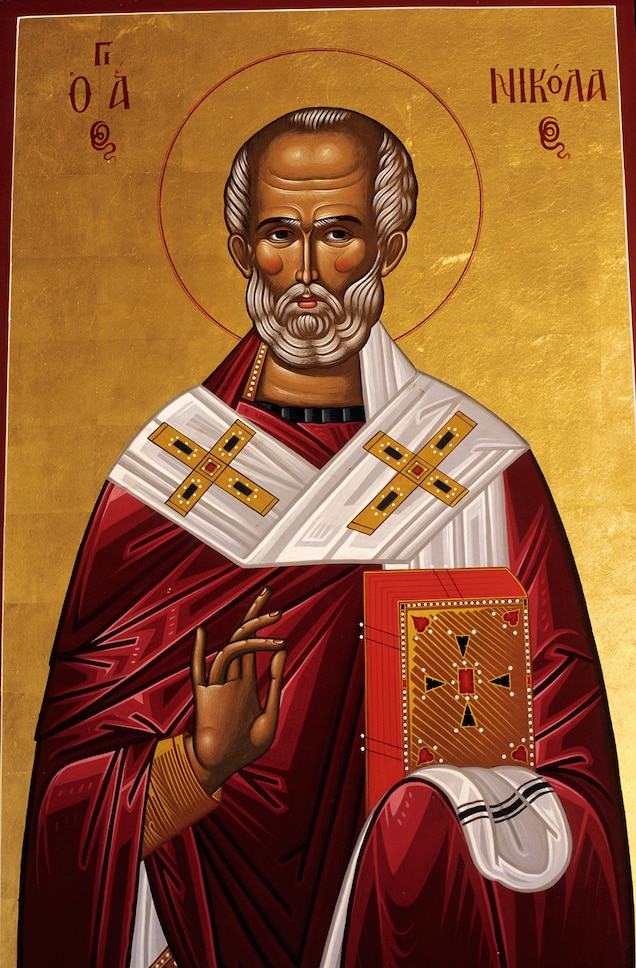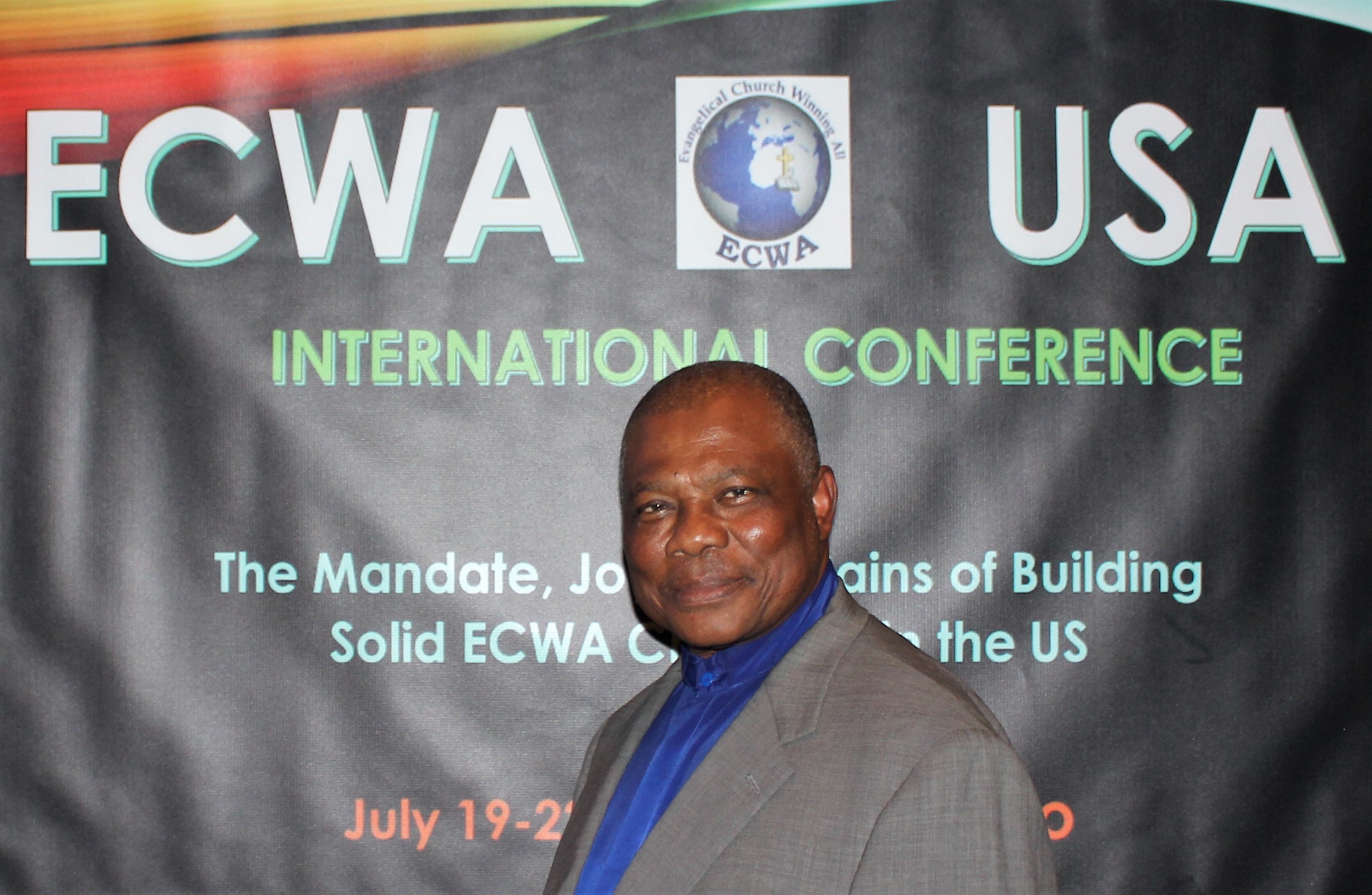
Yes Virginia, there is a Santa Claus, was a “candid” but a wrong answer to the earnest inquiry “Papa says if you see it in the Sun, it’s so, please tell me the truth, is there a Santa Claus?”
That question was part of a letter addressed to the New York Sun in 1897 by an eight-year old girl, Virginia O’ Hanlon, who then lived in New York city. The comical character described in his reply by the Sun editor, Francis P Church, has not only distorted, but altogether stolen the good name of a renowned Saint.
Around the world, the holy season of Christmas has been associated with the merry-making Santa Claus who distributes gifts of all kind to all. This mythical figure has been depicted as not only giving candies and small gifts to children, but selling cars, real estate, and promoting fast food restaurants. The modern Santa Claus is a distortion and a form of paganization of the real Saint Nicholas.
There was indeed a real person known as Saint Nicholas. Nicholas was born circa AD 270 to a very wealthy family in Patara, Lycia in Asia Minor. He was still young when his parents died and left him a great fortune. Rather than lavish his inheritance on himself, he spent most of it helping the poor, the needy, and destitute. One of the remarkable stories of his generosity involved a father who was about to give up his three daughters to prostitution. The indigent father could not afford to pay the dowries for his daughters. The girls were about to be sent out to earn money through a debased lifestyle. When Nicholas heard about this family’s dilemma, he went disguised and under the cover of darkness he left bags of gold coins to meet their needs. There are several other legendary philanthropic acts and miracles attributed to him.
Nicholas was later chosen as the bishop of Myra. The city of Myra was a key port city and a link to important commercial crossroads in the Roman Empire. The apostle Paul’s entourage changed ships there on the way to Rome ( Acts 27:5-6). Nicholas was a bishop when Emperor Diocletian unleashed a fierce persecution against the Church. But remained faithful and was among those who were imprisoned. He was freed by Constantine and continued his bishopric in Myra. As bishop, he defended the faith and resisted the spread of false doctrines. He died on December 6, A D 345 and was buried in a small church in Myra. Both the Eastern and Western Church traditions celebrate December 6 as Saint Nicholas Day in his memory and honor. In order to protect his remains from desecration during the Muslim invasion of Myra in 1087, his bones were exhumed and transferred to Bari, Italy where they remain today.
Both in life and death, Saint Nicholas was known as a “miracle worker” or “wonder worker” as his fame continued to spread worldwide. In some non-Christian countries, he became known as a legend and was associated with some pagan gods and mystery practices. But in Christian countries, churches began to observe December 6 as Saint Nicholas Day. This feast kicked off the Christmas season in countries like France, Italy and the Netherlands.
Due to so many stories of excessive miracles, some of them seemingly superstitious attributed to him, the Reformers banned the celebration of Saint Nicholas Day in Protestant countries. But the tradition still survived in many other places, In the Netherlands, Saint Nicholas is known as Sinter Klaas. In the Dutch tradition, Sinter Klaas is a mythical figure who brought gifts to children at Christmas. The Dutch brought this tradition with them when they emigrated to America where Sinter Klaas is known as Santa Claus. But no individual did more to popularize the American Santa Claus tradition than Professor Clement Clark Moore of Union Theological Seminary in New York. He began his famous 1822 children’s poem “A visit from St. Nicholas.” with the words, “Twas the night before Christmas“.
The modern Santa Claus who is portrayed at Christmas now is a ludicrous corruption, distortion, and paganized version of the real Saint Nicholas, the bishop of Myra. Whereas Saint Nicholas is the acclaimed patron of children and sailors, Santa Claus is a mythical character derived from pagan culture. It is a neo-pagan tradition aimed at distorting the truth and the godly virtues of a famous personality in Christian history. The “cult” of Santa Claus adoration during Christmas season is misinformed and misguided. It is a desecration of the holy season of Advent when the focus should be on the Christ of Christmas, the Savior of the world. “For there is born to you this day in the city of David a Savior, who is Christ the Lord”.( Lu.2:11).
May we heed the admonition, “ Don’t copy the behavior and customs of this world, but let God transform you into a new person by changing the way you think. Then you will learn to know God’s will for you, which is good and pleasing and perfect.” Rom.12:2 NLT
 Author: Rev. Joseph Ezeigbo
Author: Rev. Joseph Ezeigbo
Rev. Joseph Ezeigbo is the Vice-Chairman of ECWA USA and a Bible teacher for the weekly Bible study at ECWA Maryland. He is also a part of the National Day of Prayer and the International Day of Prayer for the Persecuted.